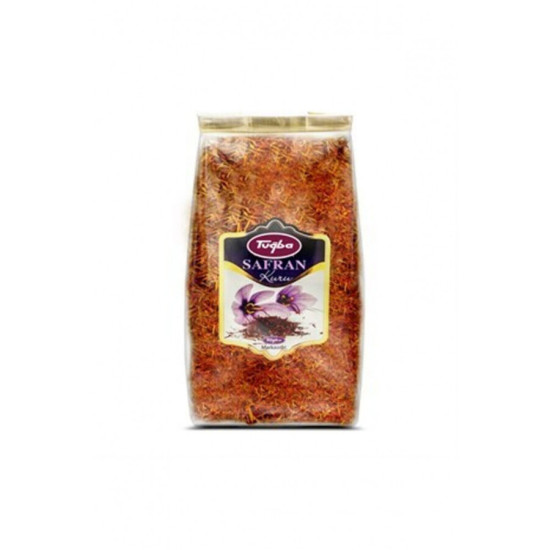
Original Turkish Safflower
The finest types of the carefully chosen herbs and spice of the original Turkish safflower used in many fields as it is used as a natural dye and as a spice and flavoring for foods and meals in variable international cuisines. Moreover, it constitutes a main part in the composition of many cosmetics due to its rich content of important elements necessary for skin and hair health.
Safflower Plant
- Safflower (Carthamus Tinctorius) is an annual plant usually grown in areas like the Middle East, Central Asia, and Northern Africa, nevertheless, it’s now grown in other parts of the world, too.
- The length of the plant may reach up to 1.5 meters high. It produces clusters of yellow, orange or red flowers.
- Safflower plants are relatively easy to grow and they can endure drought and high temperatures which makes them popular crop in arid regions. moreover, safflower plants may assist improving the soil quality via instilling nitrogen in the soil.
- Safflower seeds are also considered an important part of the plant as they are used to produce safflower oil. Oil is extracted from the seeds and popularly used in cooking as a sauce for salad and as a dietary supplement.
What is a Safflower and Where to Use it
- Safflower or “Carthamus tinctorius” is a native plant is areas of the Middle East and Central Asia. It is a member of the Asteraceae family and has been grown for centuries for its oil and dye.
- The plant produces small thorn-like flowers that may be yellow, orange or red color. Flowers are picked and dried to produce yellow or red dye that is used in textile, cosmetics, and foods.
- Safflower oil is extracted from the plant’s seeds and used in cooking as sauces for salads and as a dietary supplement. It has high percentage of monounsaturated and polyunsaturated fats as well as lower percentage of saturated fats the thing that makes it a healthy alternative for other oils.
- Safflower is also used in traditional medicine for treating a variable set of diseases such as cough, fever, and menstrual disorders. Nevertheless, there is a need for more research to understand the potential health benefits as a whole.
Safflower Oil Benefits
Safflower contains many potential health benefits, including:
- Safflower oil is rich in unsaturated fatty acids especially linoleic acid that is proven to be assistive in minimizing cholesterol levels in the blood and supportive for the health of the heart.
- Some studies indicate that consumption of safflower oil may assist reducing fat of the body especially in women after menopause who suffer from type 2 diabetes.
- Safflower plant contains compounds that have anti-inflammatory properties that can assist minimizing inflammation in the body and reducing the risks of developing chronic diseases.
- Safflower oil contains linoleic acid that has been proven to assist skin barrier function, moisturizing it, and reducing appearance of wrinkles and fine lines.
- Some studies indicate that consumption of safflower oil may assist improving insulin sensitivity and controlling blood sugar levels for those inflected with type 2 diabetes.
- Safflower contains compounds that have immune-boosting properties that may assist supporting the immune function in general .
Is Safflower Good for Relieving Fear and Stress
Safflower is popularly used to improve psychological conditions such as fear and stress as it works on removing stress and fighting insomnia in people. It is also considered one of the good herbs for treating obsessive-compulsive disorder (OCD).
What is the Difference Between Safflower and Saffron
Safflower is distinctive for its relatively mild flavor opposite to saffron that enjoys a more concentrated flavor. The differ also in color; safflower tends to have a bright red color while saffron tends to be more yellowish-red. Moreover, saffron is considered the most expensive spice in terms of price whereas safflower is one of the cheapest and widely available spices.


